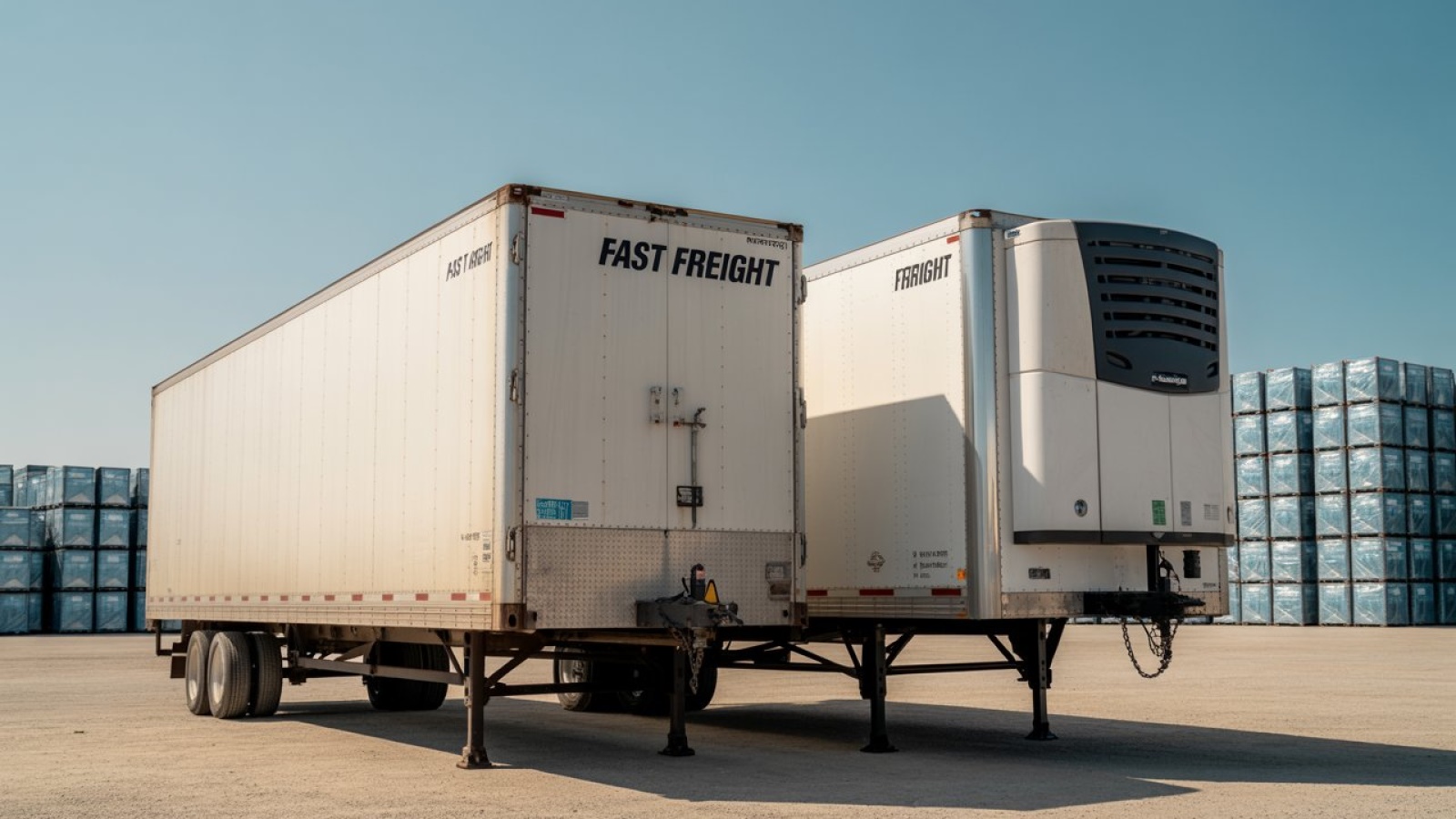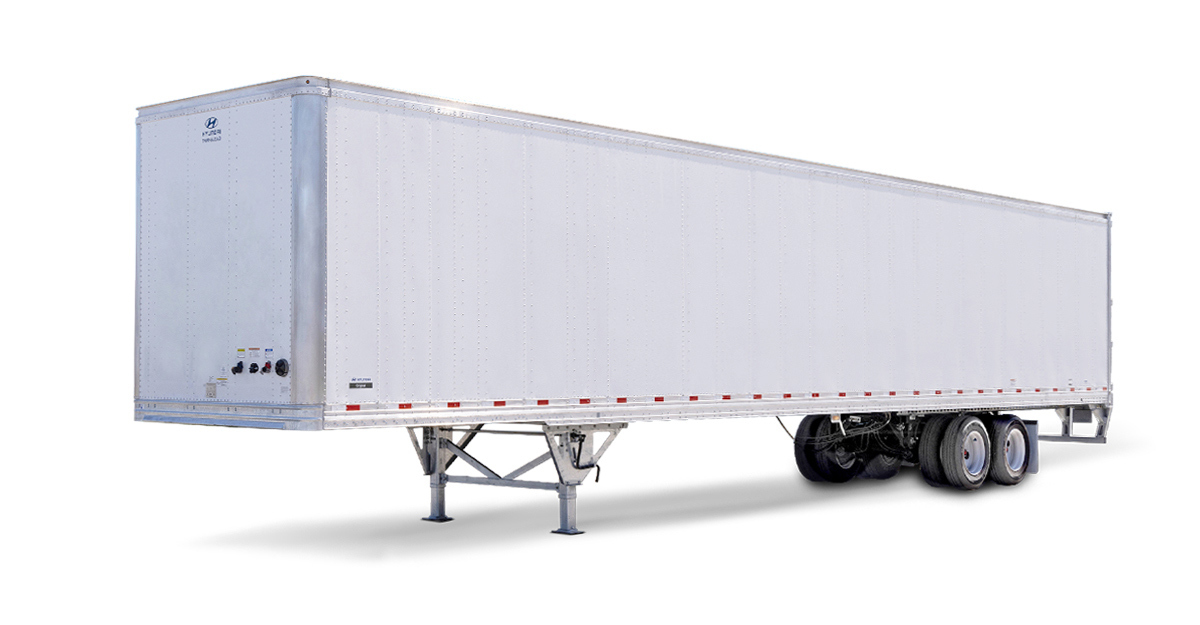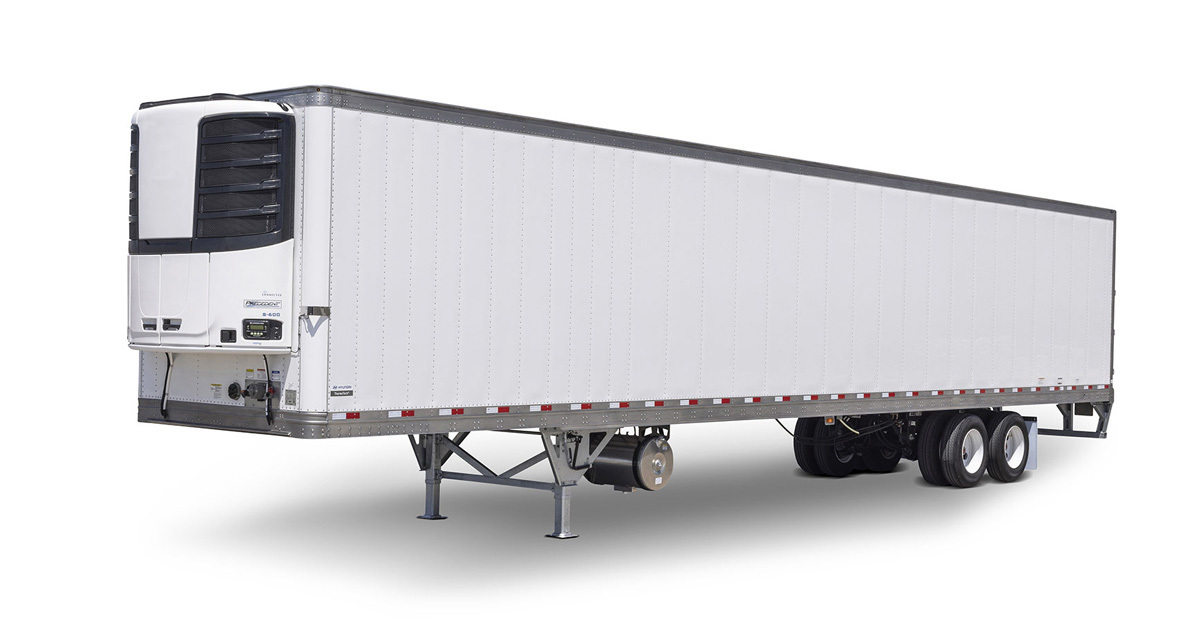Reefer vs Dry Van: Which Trailer is Best for Your Trucking Business?

For anyone hauling freight, the type of trailer you pull can make or break your business. Whether you’re an owner-operator, fleet manager, or company driver, deciding between a reefer or dry van setup affects your income, your schedule, and your maintenance costs.
These trailers may look similar, but the way they operate, what they carry, and how much they earn can be very different. Below is a detailed comparison to help you decide which one fits your business best.
What Is a Dry Van Trailer?
A dry van is a fully enclosed trailer designed for hauling non-temperature-sensitive freight. It’s the most common type of trailer in North America because of its flexibility and ease of use. Dry vans carry everything from packaged foods to furniture, paper products, plastics, clothing, building materials, and appliances.

Most dry vans measure 53 feet in length, with interior dimensions around 101 inches wide and 110 inches tall. This gives you roughly 3,500 to 4,000 cubic feet of usable space, depending on the trailer’s design. Weight capacity is typically up to 45,000 pounds, depending on how the trailer is built and how the freight is loaded.
Dry vans come with wood or composite floors and may include E-tracks, load bars, and swing or roll-up doors. They're ideal for full truckload (FTL) and less-than-truckload (LTL) shipments. Maintenance needs are minimal, which makes them cost-effective for newer carriers and independent drivers.
What Is a Reefer Trailer?
A reefer trailer is built with insulated walls and an onboard refrigeration system. It is used to haul freight that needs to be kept cold, frozen, or at a steady temperature. That includes produce, dairy, meat, seafood, pharmaceuticals, flowers, and some chemicals.
You May Also Like: What Is Reefer Freight? Key Facts for Truckers and Fleets

Reefer trailers are usually the same length as dry vans (most often 53 feet), but the insulation reduces interior space slightly. Interior dimensions for most reefers are around 97 inches wide and 105 inches tall. They usually carry up to 42,000 to 45,000 pounds, depending on how much reefer fuel is in the tank and what unit is installed.
These trailers can maintain temperatures from around -20°F to 70°F. They require diesel to operate the cooling unit and come with aluminum or grooved floors for drainage. Space-saver reefer designs and multi-temp configurations are also available to allow different temperature zones within one trailer.
Because they can also haul dry freight when needed, reefer trailers offer more flexibility, but they require additional upkeep and more attention to cargo handling.
Dry Van vs Reefer: Core Differences
At first glance, reefers and dry vans might seem pretty similar. But once you get into the details, the differences start to matter, especially when it comes to how you run and what kind of freight you want to haul. If you're weighing your options, it helps to lay it all out clearly.
Here’s a side-by-side look at how they compare:
You May Also Like: Breakdown on the Highway? Find Mobile Trailer Repair Fast

A reefer trailer provides more income potential but also comes with greater responsibilities. Dry vans are easier to manage, especially if you want a lower barrier to entry or plan to focus on general freight.
Does Reefer Trucking Pay More Than Dry Van?
Reefer trucking generally pays more per mile than dry van. The rate difference can range from 10 to 20 cents or more, depending on the season and region. In the produce season (especially in states like California, Florida, and Texas), reefer loads often bring in significantly higher rates because demand increases for time-sensitive deliveries.
However, higher rates come with increased fuel expenses, more frequent maintenance, and tighter delivery windows. Dry van trucking, while it may pay slightly less, often means lower operating costs and fewer issues with equipment downtime. That makes it more predictable, and in some lanes, more efficient.
Buying or Selling: Which Has the Advantage?
If you’re shopping for your first or next trailer, it’s important to understand what to look for. The right trailer brand and features can improve your efficiency, reduce maintenance costs, and protect your investment. Here are some of the top trailers to consider:
- Best Dry Van Trailer: Look for brands like Wabash, Hyundai Translead, and Vanguard. Choose models with composite sidewalls, galvanized frames, and high resale value.

- Best Reefer Trailer to Buy: Utility, Great Dane, and reefer trailers equipped with Carrier or Thermo King units are top-tier. Consider features like fuel-saving designs, easy-access controls, and aluminum floors.
You May Also Like: Browse Truck & Trailer Dealers Through the Trucker Guide

When it comes time to sell, the best place to sell a dry van trailer or reefer trailer is through commercial platforms like TruckPaper, EquipmentTrader, or Ritchie Bros. auctions. The same applies to reefer trailers, especially if you include maintenance logs, hours on the reefer unit, and clear photos of the interior and floor panels.
Sellers can get higher prices for reefer trailers in early spring when produce demand increases. Dry vans tend to move better at the start of the year when many companies refresh or expand fleets.
Which One Should You Choose?
Depending on your goals, a dry van trailer can be an excellent option. It offers a manageable entry into trucking with stable freight opportunities and fewer equipment issues. Dry vans are widely used across the industry, easy to maintain, and cost-effective for long-term operations.
A reefer trailer may be a better fit if you're aiming for higher-paying loads and are prepared for more demanding schedules and equipment care. It opens the door to high-value freight and seasonal opportunities.
If you want the flexibility to carry both types of freight and you're comfortable keeping up with maintenance, a reefer trailer can offer long-term value and income potential.
Choosing between a reefer and a dry van trailer isn't just about equipment. It's about aligning your trailer with your freight strategy, your business goals, and the type of work you're ready to take on.
Whether you're focused on steady freight with a dry van or targeting premium loads with a reefer, success in trucking comes from knowing your trailer, understanding your freight, and making the most of every mile.












